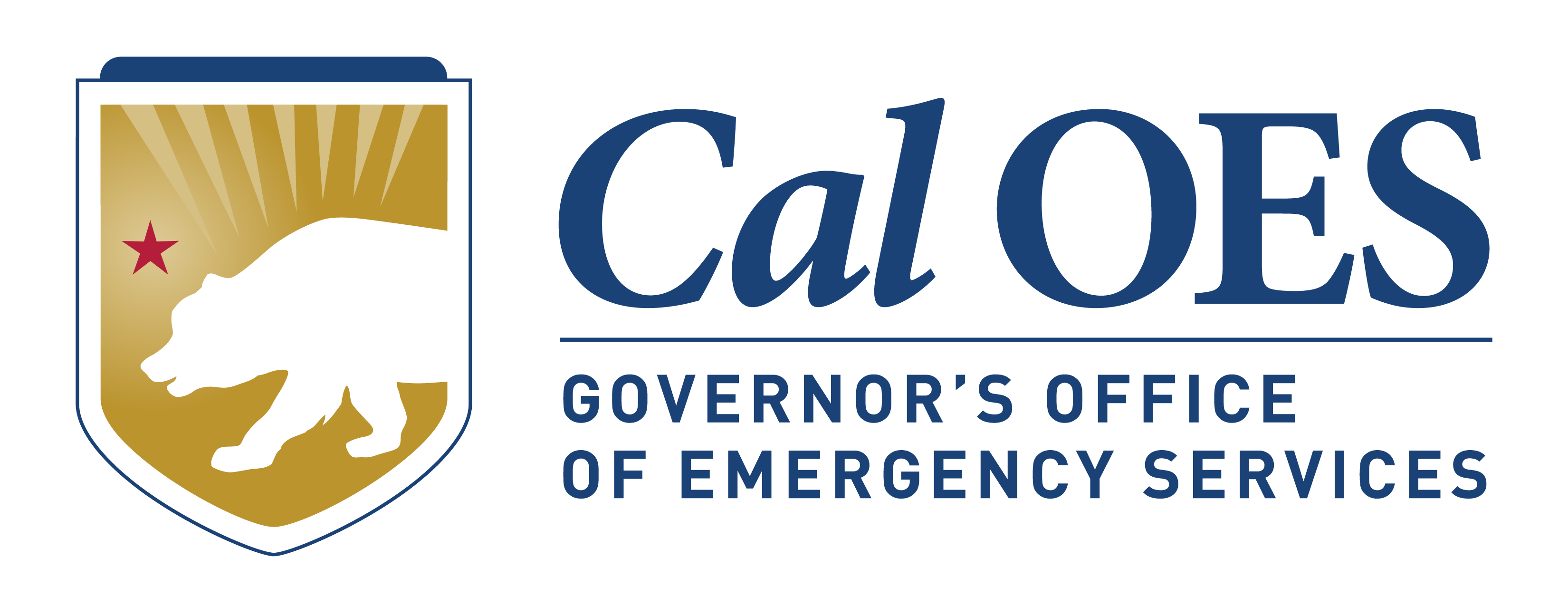This page is credited to Cal OES for these resources. More information will be added as it becomes available.
Visit their website here.
Below are the list of resources available for you. Click on any of them for more information.
Questions, contact DHHSC 559-225-3323 Voice,
559-578-4117 VP, or resources@dhhsc.org.
Disaster Recovery Centers (DRCs)
Residents who were affected by the severe storms and flooding can update their FEMA applications and learn about state and community programs and other available assistance.
Each DRC throughout California provides the following standard accessibility resources:
- On-site American Sign Language (ASL) interpreter
- Remote ASL interpreting through Zoom
- Assistive listening devices (Pocket talkers)
- Magnifying glasses
- Manual wheelchairs
- Language translation services (in-person and/or telephonically)
- People who can assist survivors to read/write/complete forms
California National Weather Service (NWS) Contacts
How to Sign Up for Alerts in Your County
CalHHS Resource Guides – The CalHHS website has compiled resources for personal emergency plans, mental health services, social services, health care services, and more into one location.
CalICH Social Media – CalICH has initiated social media outreach with links to resources such as CalOES shelter maps, local alerts, and flood stage maps.
DDAR Program – The Disability Disaster Access and Resources Program (DDAR) can support individuals who need power for medical needs or independent living during power outages due to the winter storm. People can access DDAR either by contacting a local center, an online application, or through escalations through PG&E EOC. Visit the Disability Disaster Access and Resources Directory (DDAR) to search DDAR by county or Download a map and listing of DDAR Centers.
CalOES/DOR Guide – This resource guide is available in multiple languages. Linked on the webpage is the Emergency Preparedness Guide/Toolkit for Individuals with Disabilities.
CCLD Disaster Information – DSS is monitoring ASC Facility Relocation Status and updating regularly.
CDPH Infection Control Guidance – COVID-19 resources for individuals in congregate shelters and people experiencing homelessness.
CDPH Masking Guidance – Masking guidance which dictates masking in shelters based on CDC Community Levels.
CDC COVID-19 Management in Homeless Service Sites – Updates to prevention strategies for COVID-19 in homeless service sites and correctional and detention facilities.
CDSS Disaster Help Center – See the second item on the DSS home page for information on public assistance and services available to individuals and families impacted by California disasters including food, income supports, shelters, and warming centers.
Listos California Preparedness Social Media Toolkit Winter Weather – With significant winter weather continuing to impact the majority of the state, Listos California at the California Governor’s Office of Emergency Services (Cal OES) has created a social media toolkit for distribution to partners. We can expect continuing power outages, an increase in threats of mudslides because of saturated ground, floods, and trees falling due to high winds. This winter weather toolkit contains design assets and sample copy for social media use on Facebook, Instagram, Twitter, and LinkedIn. Please feel free to modify and/or share this information with your community.
Disaster Ready Guide – This 23-page guide details five simple, low or no-cost steps that individuals and families should take to prepare for natural disasters, such as wildfires, earthquakes, and floods.
County Emergency Information Resource Sheets – These information sheets help Californians stay informed, connected, and safe in the counties where they live with safety tips, information to help people quickly sign up for emergency alerts, follow trusted sources on social media, and links to connect to resources in their county.
Quick Guide to Safety Before, During, and After FLOODS – This trifold handout offers simple tips and links to resources to help individuals and families prepare for and deal with floods. Print on a standard 8 ½ x 11 sheet and fold it into thirds.
Videos in American Sign Language (ASL) – 5 steps to prepare for a disaster, presented in American Sign Language.
Five Steps to Prepare for a Disaster – This video animation, developed with the International Rescue Committee, features Listos California’s five steps to prepare for disaster.
Severe Weather Survival Tips – Infographic from the National Health Care for the Homeless Council.
Low Income Home Energy Assistance Program (LIHEAP) Services – The California Department of Community Services and Development (CSD) has two service elements under LIHEAP that agencies can take advantage of depending on local needs and impacts:
Emergency Heating and Cooling (EHCS) – which provides for the replacement of inoperable heating and cooling equipment within low-income housing and where the absence of these appliances poses a health and safety risk to dwelling occupants; and
Severe Weather Emergency and Transportation Service (SWEATS) – a subprogram component under LIHEAP, which positions local service providers to offer the following to low-income households during the weather event:
Provide impacted individuals/households with temporary shelter or housing in hotels, apartments, or other living situations. Temporary shelter or housing is at no expense to impacted individuals and limited to a maximum of 5-days per eligible household.
Provide for transportation (such as cars, shuttles, buses) to move impacted individuals to temporary shelters or housing.
Provide crisis payments for energy utility services, deposits, and reconnections to ensure ongoing access to residential energy services.
Provide for the purchase and distribution of heaters, fans, generators, and battery backup devices to ensure safe indoor air temperatures in housing impacted by the weather event.
Local agencies have the discretion to extend these and other supports to low-income Californians during a disaster, including additional energy bill assistance, temporary heating and cooling devices, and other supportive services. To find Community Services Block Grants (CSBG) or Low Income Home Energy Assistance Program (LIHEAP) services in a particular area visit the CSD Find Assistance website or call (866) 675-6623.


